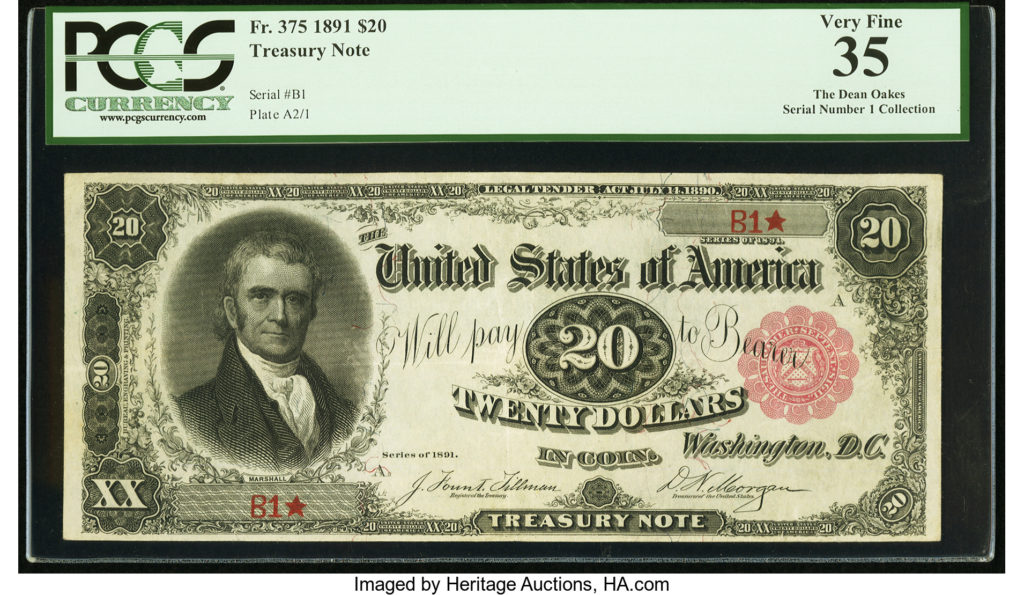
By Jim O’Neal
In theory, there is no mystery or debate regarding the intention of the Founding Fathers in the selection of members to serve on the Supreme Court.
The Constitution crisply explains, in the second paragraph of Article II, Section 2, that the president shall nominate, and by and with the advice and consent of the Senate, shall appoint judges of the Supreme Court. This provision means exactly what it says and is unchanged by any modifications since its adoption. That includes a simple majority vote of the Senate to grant such consent, to reject or refuse to take action on the presidential nominee.
One idea discussed, but not acted upon, was Benjamin Franklin’s explanation of the Scottish mode of appointment “in which the nomination proceeded from the lawyers, who always selected the ablest of the profession in order to get rid of him, and share his practice among themselves” – a uniquely clever way to eliminate superior competition.
What has changed is the adoption of the “nuclear option” in 2017, which invoked cloture to end filibustering in the Judicial Committee and forced a vote of the committee either up or down on making their recommendation to the full Senate. House Majority Leader Harry Reid had used it to great effect for all legislation that he allowed to the floor while the Democrats were in the majority. Republicans expanded it to include Supreme Court nominees after they regained the majority in 2016. Neil Gorsuch was elected to the Supreme Court under this new rule with a 54-45 Senate vote, picking up three anxious Democrat votes in the process. It’s widely assumed that current nominee Judge Brent Kavanaugh will be elected to the Supreme Court following a similar path since his opponents appear helpless to stop him.
As President Obama once explained, in not too subtle fashion, “Elections have consequences.”
It now seems clear that the Founding Fathers did not foresee that political parties would gradually increase their influence and that partisan considerations of the Senate would become more prominent than experience, wisdom and merit. This was magnified in the current effort to stymie a nomination when the opposition announced they would oppose any candidate the Chief Executive chose. Period. It may not seem reasonable on a literal basis, but it has gradually become routine and will only get worse (if that’s still possible).
It may astonish some to learn that no legal or constitutional requirements for a federal judgeship exist. President Roosevelt appointed James F. Byrnes as an associate justice in 1941 and his admission to practice was by “reading law.” This is an obsolete custom now – Byrnes was the last to benefit – that proceeded modern institutions that specialize in law exclusively. In Byrnes’ case, it’s not clear that he even had a high school diploma. But he was a governor and member of Congress. He resigned 15 months later (the second shortest tenure) in order to become head of the Office of Economic Stabilization and was a trusted FDR advisor who many assumed would replace Vice President Henry Wallace as FDR’s running mate in 1944. That honor went to the little-known, high-school educated Harry Truman, who would assume the presidency the following year when FDR died suddenly.
Thomas Jefferson never dreamed the Supreme Court would become more than just a necessary evil to help balance the government in minor legal proceedings and would be more than astonished that they now are the final arbiter of what is or isn’t constitutional. The idea that six judges (who didn’t even have a dedicated building) would be considered equal to the president and Congress would have been anathema to him.
However, that was before he met ex-Secretary of State John Marshall when he became Chief Justice of the Supreme Court and started the court’s long journey to final arbiter of the Constitution when he ruled on Marbury v. Madison in 1803. There was a new sheriff in town and the next 40 years witnessed the transformation of the court to the pinnacle of legal power. They even have their own building thanks to President William Howard Taft, who died two years before it was complete. Someday, Netflix will persuade them to livestream their public discussions for all of us to watch, although I personally prefer C-SPAN to eliminate the mindless talking heads that pollute cable television.
 Intelligent Collector blogger JIM O’NEAL is an avid collector and history buff. He is president and CEO of Frito-Lay International [retired] and earlier served as chair and CEO of PepsiCo Restaurants International [KFC Pizza Hut and Taco Bell].
Intelligent Collector blogger JIM O’NEAL is an avid collector and history buff. He is president and CEO of Frito-Lay International [retired] and earlier served as chair and CEO of PepsiCo Restaurants International [KFC Pizza Hut and Taco Bell].
